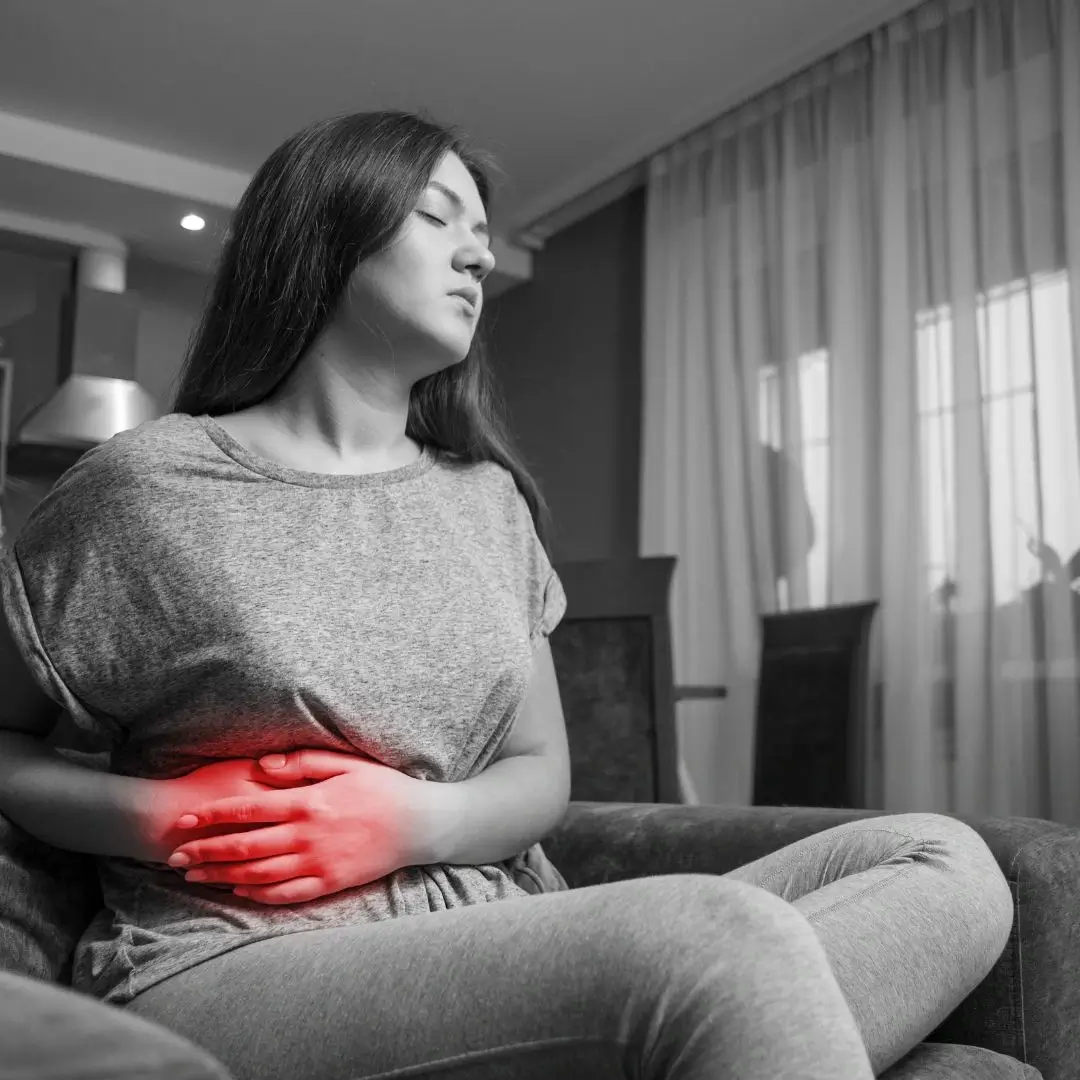Frequently Asked Questions
Gallbladder disease refers to conditions that affect the gallbladder, such as gallstones, cholecystitis, and gallbladder polyps.
Most commonly, gallstones block bile ducts, leading to inflammation or infection. Other causes include tumors or biliary dyskinesia.
Common symptoms include right upper abdominal pain, nausea, vomiting, bloating, and indigestion, especially after fatty meals.
It is diagnosed using ultrasound, HIDA scan, CT scan, or MRI, along with liver function and blood tests.
Gallstones are commonly treated by surgical removal of the gallbladder (cholecystectomy), especially if they cause symptoms.
Yes, laparoscopic cholecystectomy is a safe and commonly performed procedure with a short recovery period.
Cholecystitis is inflammation of the gallbladder, usually due to a blocked bile duct by a gallstone, and requires medical or surgical treatment.
Yes, bile flow disruption can affect digestion, leading to bloating, nausea, and fat intolerance.
You can reduce your risk by maintaining a healthy weight, avoiding rapid weight loss, and following a low-fat diet.
Yes. The liver still produces bile, but it flows directly into the intestine. Some people may experience minor digestive changes.
Complications include infection, abscess, gallbladder rupture, pancreatitis, and bile duct blockage.
Gallbladder cancer is rare but more likely in people with long-standing gallstones or chronic inflammation.
Most people recover within a few days to a week after laparoscopic surgery. Open surgery may take longer.
If the gallbladder is removed, new stones won't form. However, if it’s not removed, stones can recur.
A low-fat, high-fiber diet is usually recommended to aid digestion and avoid discomfort post-surgery.

